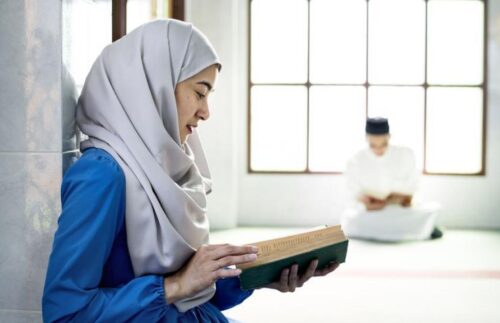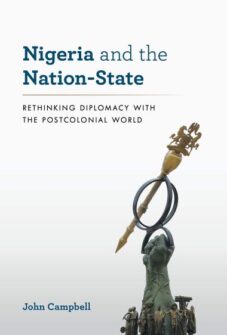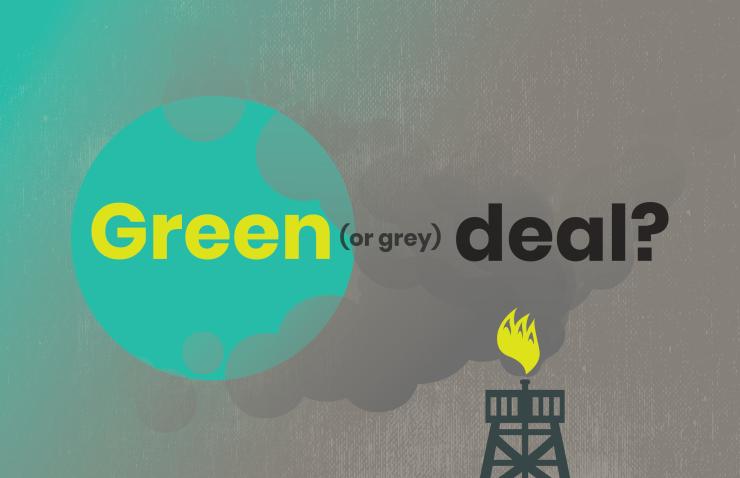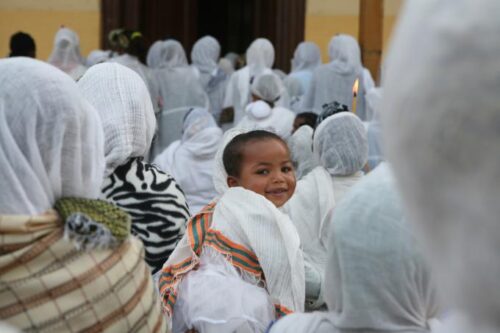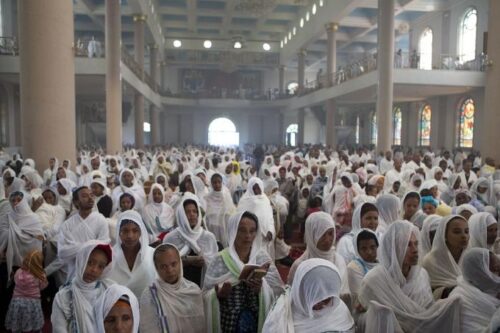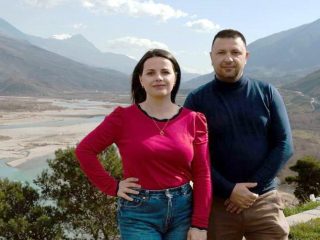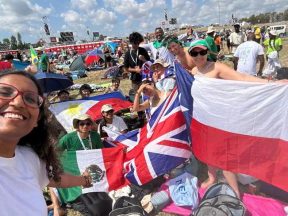Myanmar. A New Generation fighting for democracy.
Myanmar’s democratic transition took an unexpected turn in the early morning of Monday, February 1, 2021, when Senior General Min Aung Hlaing of Myanmar’s military (known as Tatmadaw) performed a surprise coup d’état and arrested the country’s leaders Aung San Suu Kyi and President Win Myint just before the first session of the newly elected parliament.
Min Aung Haling has repudiated the results of last November’s general elections on accounts of alleged election fraud by the leading party NLD (National League for Democracy).The coup leader declared a yearlong state of emergency and promised to hold elections after one year. On the first day, the military appointed 11 ministers of an interim government and on the second day, the military announced that it has formed the ‘State Administrative Council’, a government council mainly composed of ex-military members.
Naturally, the people of the South East Asian nation with over 52 million inhabitants rejected the coup and its “council”, and have been pushing back with fierce resistance since it began. From demonstrations and acts of civil disobedience to internet activism, the anti-coup movement grew stronger every day.
The military has responded with draconian laws, internet shutdowns, arrests of several citizens, and violent crackdowns resulting in deaths of protesters, detainees, and even bystanders.
Much of the protests and force behind the movement has been credited to young people, referred to as ‘Gen Z ‘(Generation Z). They have been praised for their creativity, use of technology, and determination not to submit to military rule. The protests have seen the unity and welcomed expressions of many different professions and identities, including different religious groups. Many civilians also have supported protesters by providing food, water and other drinks, printed placards, and free rides home, while others have cleaned up streets during and after the protests to maintain a good image of the protesters.
People have used any means they could think of to fight against the dictatorship; some of these movements include cursing rituals based on folk beliefs in cities like Bagan, Pathein, Yangon and Kyaukse; writing messages such as “We want democracy” on the streets across cities in Myanmar; using projectors on building walls at night; painting graffiti on walls and on the streets; and praying on the streets by Buddhist, Muslims and Christians.
The anti-coup movement also included calls to boycott military-owned businesses and their products. A mobile app “Way Way Nay” (Stay Away) is one of the many digital platforms gathering all the information of military business. For instance, military-owned telecommunications provider MyTel declined in business two weeks after the coup and so did military-owned Myanmar Beer.
But the fight has not just been on the streets – “keyboard fighters” – have been working online to attract international attention and keep the protesters engaged. The hashtag #WhatshappeninginMyanmar has been widely used on both Facebook and Twitter.
Cardinal Charles Maung Bo, Archbishop of Yangon and President of the Catholic Bishops’ Conference of Myanmar, describes “with deep sorrow” the situation in the country which, after the coup of 1 February, “has suddenly returned to the nightmare of military repression, of brutality, violence and dictatorship”.
The Cardinal praises “the incredible courage, commitment and creativity of our people”, who demonstrate peacefully, giving “a sign of maturity”: “Young people and all citizens show tenacity and resilience: they are determined not to allow that democracy, freedom and peace, conquered with difficulty, can all of a sudden be cancelled. Young people do not accept that their hope is stolen. Their strength of mind is a great inspiration for all of us”, he said, noting the “mutual solidarity between people of different ethnic groups and religions, side by side for the same cause, a good for the people”.
“The nation – he asserts – is experiencing a moment of great trial and suffering, marked by bloodshed, pain, mourning”, as “many innocent people are injured, killed or arrested”, while “in the states of Myanmar inhabited by ethnic minorities the military has resumed attacking civilians, causing thousands of internally displaced persons”. Cardinal Bo hopes for “a Myanmar in which the military lower their weapons, leave power and do what an army should do: protect, certainly not attack, the people”. (Photo. Kamayut Media)

